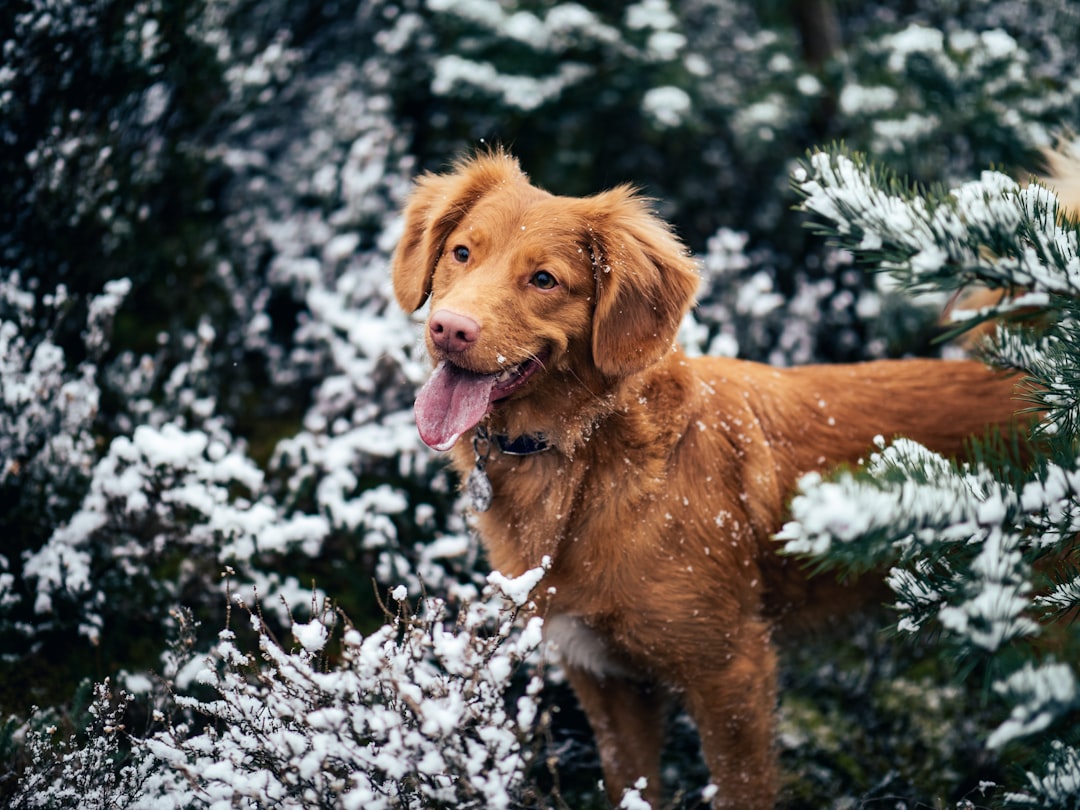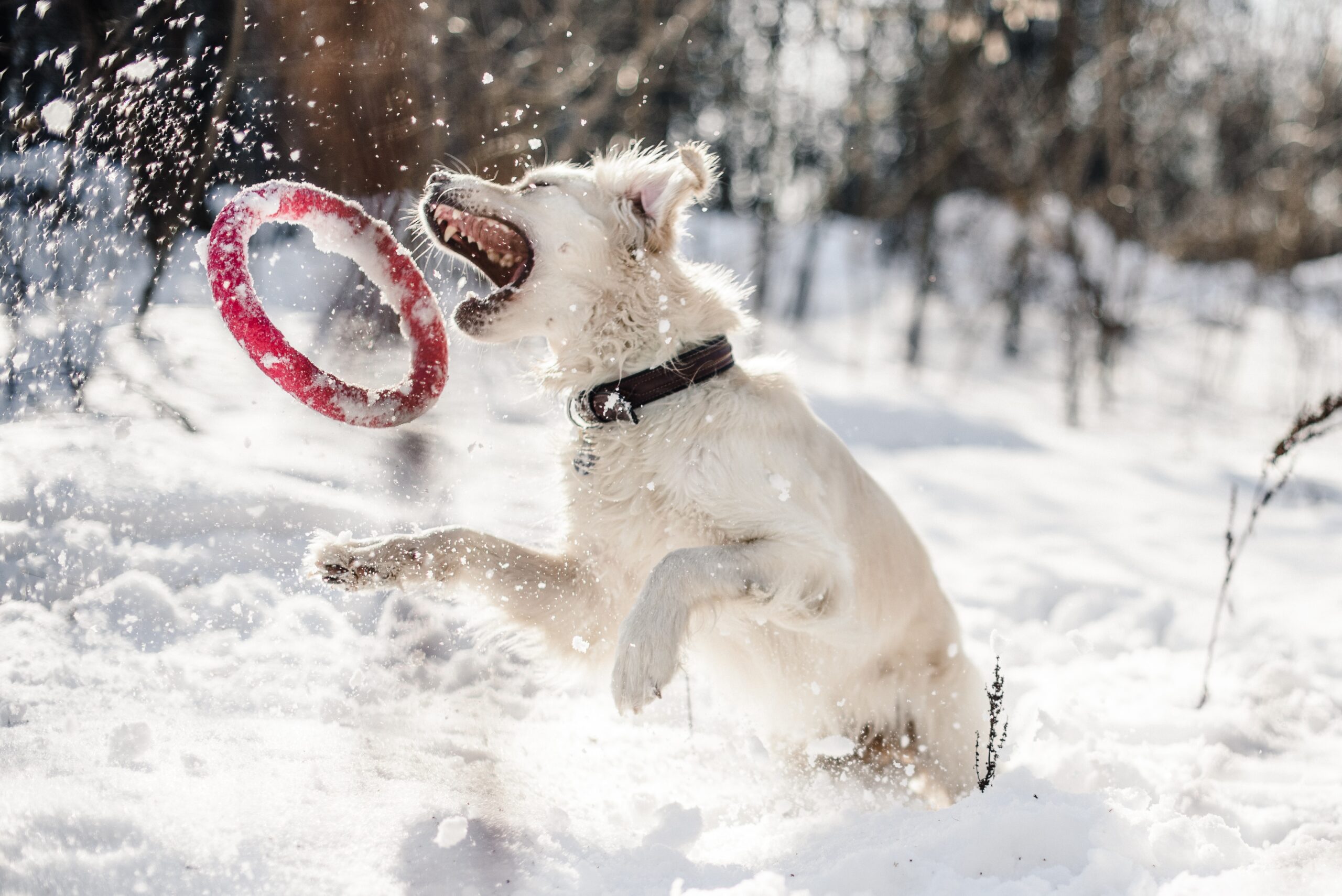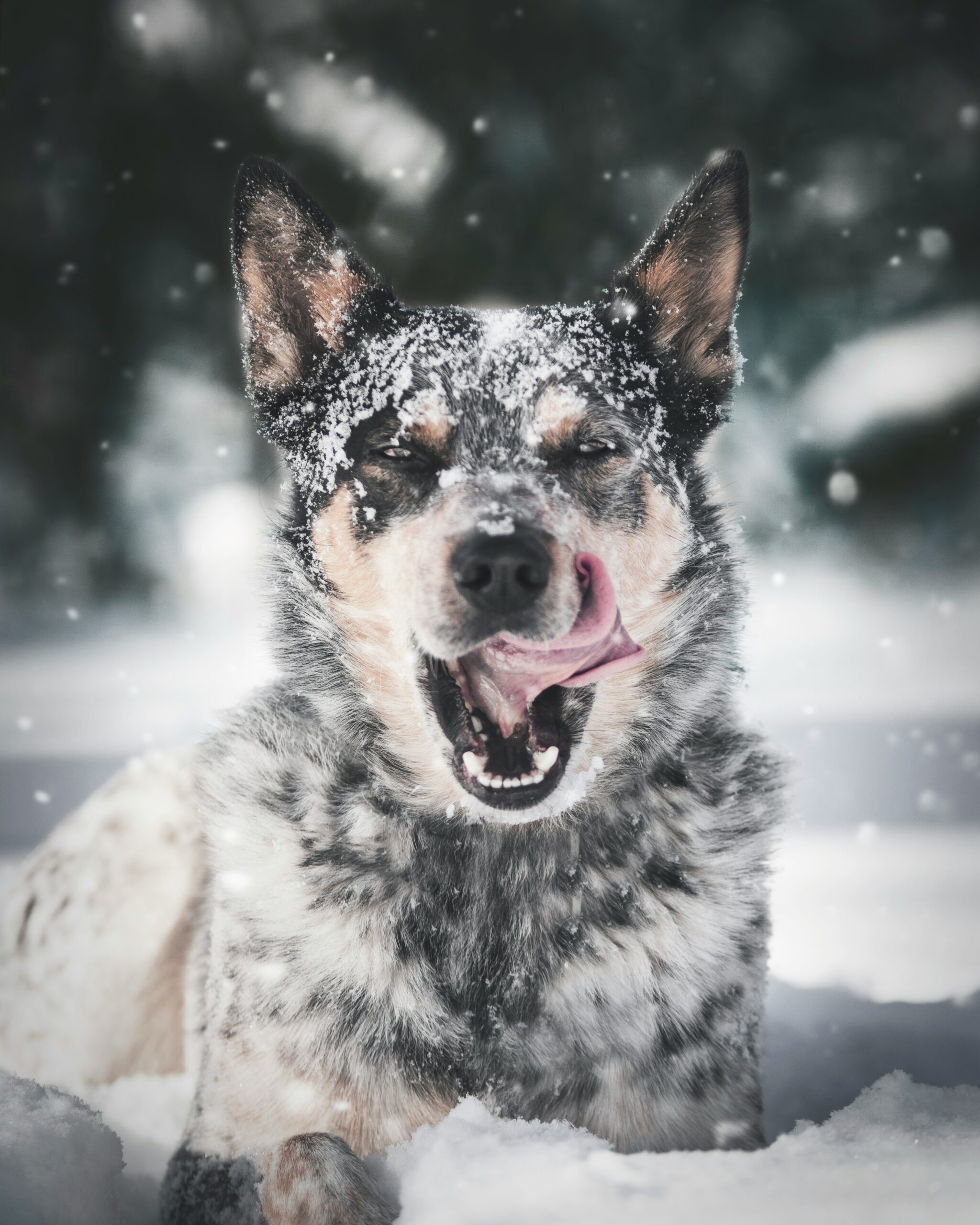Keeping Fido Fit: The Ultimate Guide to Indoor Exercise for Dogs in Winter
The importance of indoor exercise for dogs during winter, including understanding their exercise needs, the benefits of indoor exercise, and tips for keeping them warm and safe.
Importance of Indoor Exercise for Dogs During Winter
When it comes to the winter season, the importance of indoor exercise for dogs cannot be overstated. Dogs have varying exercise needs, influenced by factors such as size, breed, age, physical condition, and energy level. For example, high-energy breeds like Border Collies and Siberian Huskies may require more indoor exercise to keep them mentally and physically engaged during the colder months. On the other hand, smaller or less active breeds may need a different approach to indoor exercise to meet their specific needs.
It’s crucial to recognize that regardless of the season, daily exercise is vital for a dog’s overall health and wellness. In the winter, it’s especially important to be mindful of the cold weather, which can be particularly dangerous for certain dogs, especially those with short fur and small breeds. For instance, Chihuahuas and other small breeds are more susceptible to the cold and may require more indoor activities to stay active and healthy during the winter months. Therefore, understanding the individual needs of different breeds and taking into account the potential risks associated with cold weather is essential in providing appropriate indoor exercise for dogs.
Understanding Dog Exercise Needs
Understanding the exercise needs of your dog is crucial to ensuring their overall health and well-being, especially during the winter. Dogs need daily exercise to maintain their physical and mental health, and the amount of exercise required can vary based on several factors such as size, breed, age, physical condition, and energy level. For example, high-energy breeds like Border Collies or Australian Shepherds may require more than 2 hours of exercise per day, while smaller or less active breeds may be content with a shorter duration of exercise. It’s important for pet owners to tailor their dog’s exercise routine to meet their specific needs, taking into account individual characteristics and energy levels.
In addition to physical exercise, mental stimulation is equally important for dogs, and this is particularly relevant when outdoor activities are limited due to cold weather. Mental exercises, such as puzzle toys, treat-dispensing toys, and interactive games, can provide the necessary mental stimulation to keep dogs engaged and entertained indoors. For instance, hiding treats around the house for the dog to find not only encourages physical activity but also engages their sense of smell, providing a mental challenge.
Moreover, it’s essential to recognize the potential risks associated with outdoor exercise during the winter, especially for small dogs and those with short fur. Factors such as breed, size, weight, age, and health should be considered when determining if it’s too cold for a dog to exercise outdoors. In such cases, indoor exercise options like interactive play, agility training, and indoor games can help fulfill their exercise needs while keeping them safe and warm. By understanding the individual exercise needs of dogs and the potential risks of outdoor activities during winter, pet owners can ensure that their furry companions remain healthy and active throughout the year.
Benefits of Indoor Exercise During Winter
Engaging dogs in indoor exercise activities offers various benefits, such as preventing obesity, addressing joint issues, and building trust in the owner. For example, indoor exercise options like using a treadmill, playing games like fetch and tug-of-war, and hiding treats for the dog to find can help in maintaining a healthy weight and promoting joint flexibility. Furthermore, mental stimulation is important for dogs when their owners are not available to engage in play activities with them. Treat-dispensing toys, snuffle mats, and interactive puzzle toys can provide the necessary mental stimulation, keeping the dogs intellectually engaged and preventing boredom, which is essential for their overall well-being.
In addition, regular indoor exercise, when combined with a healthy diet, can significantly enhance a dog’s overall health and wellness regardless of the season. For example, creating DIY agility courses in the living room and engaging in other interactive play and games can contribute to the dog’s physical fitness and mental alertness. This holistic approach to exercise and mental stimulation can have long-term benefits, such as improved cardiovascular health, increased muscle tone, and reduced stress levels in dogs, leading to a happier and healthier pet. Therefore, it is crucial for dog owners to explore and implement indoor exercise options to ensure that their dogs remain active and healthy during the winter months, reaping the numerous benefits that indoor exercise provides.
Indoor Exercise Options
When it comes to indoor exercise options for dogs during the winter, there are several activities that can help maintain their physical and mental well-being. One option is to use a treadmill, which allows dogs to engage in walking or running even when outdoor conditions are not suitable for exercise. This can be particularly beneficial for high-energy breeds that require a significant amount of physical activity.
Another great indoor exercise option is playing interactive games such as fetch and tug-of-war. These activities not only provide physical exercise but also serve as bonding opportunities between the dog and their owner, promoting trust and strengthening the human-canine relationship. For mental stimulation, treat-dispensing toys, snuffle mats, and interactive puzzle toys can be used to challenge dogs and keep their minds engaged, especially when their owners are not available to interact with them.
In addition, creating a DIY agility course within the living space can be an exciting way to provide indoor exercise for dogs. This can include weaving through poles, jumping over low obstacles, and navigating tunnels, offering a fun and stimulating way for dogs to stay active indoors. By incorporating these indoor exercise options, dog owners can ensure that their pets remain physically and mentally stimulated, even during the winter months.
Keeping Dogs Warm and Safe
Aside from using jackets, sweaters, and protective gear for their paws, there are other essential tips to keep dogs warm and safe during the winter. For example, it’s advisable to schedule outdoor activities during the warmest time of the day to minimize exposure to extreme cold temperatures. Additionally, pet owners can invest in dog boots to protect their paws from ice, snow, and salt on sidewalks and roads, which can be harmful to their paw pads. Moreover, ensuring that dogs have a warm and cozy shelter to retreat to after outdoor activities is crucial for their comfort and well-being during the winter months.
Another vital aspect of keeping dogs safe in cold weather is to monitor their behavior and physical cues. It’s important to be attentive to signs of discomfort or distress, such as reluctance to continue walking, excessive shivering, or attempting to lift their paws off the ground due to the cold. By being vigilant and responsive to these indications, pet owners can take the necessary steps to protect their dogs from the potential dangers of cold weather. Furthermore, considering the use of dog-friendly moisturizers for their paw pads can help prevent dryness and cracking, which are common issues during the winter season and can lead to discomfort and potential injuries for dogs.
 Conclusion
Conclusion
In conclusion, the importance of indoor exercise for dogs during the winter cannot be overstated. It is crucial for dog owners to explore and implement indoor exercise options to ensure their dogs remain active, healthy, and mentally stimulated throughout the colder months. By providing both physical and mental stimulation, dog owners can contribute significantly to the overall well-being of their beloved pets.
Moreover, it’s essential to recognize that different breeds have varying exercise needs, and these needs can change with age and health condition. For example, small breeds like Chihuahuas or French Bulldogs may need less exercise compared to larger breeds like Labrador Retrievers or German Shepherds. Additionally, senior dogs may require less rigorous exercise due to potential joint issues, while younger, more energetic dogs may need more active playtime to keep them engaged and prevent destructive behaviors indoors during the winter [1].
Furthermore, it’s important for dog owners to be mindful of the signs that their dogs may be too cold during winter exercise. For instance, if a dog starts shivering, lifting their paws frequently, or showing signs of discomfort, it’s crucial to bring them indoors and ensure they warm up gradually. Additionally, providing appropriate outerwear such as jackets, sweaters, and protective boots can significantly help in keeping dogs warm and safe during outdoor activities in the winter.




 Book Appointment
Book Appointment